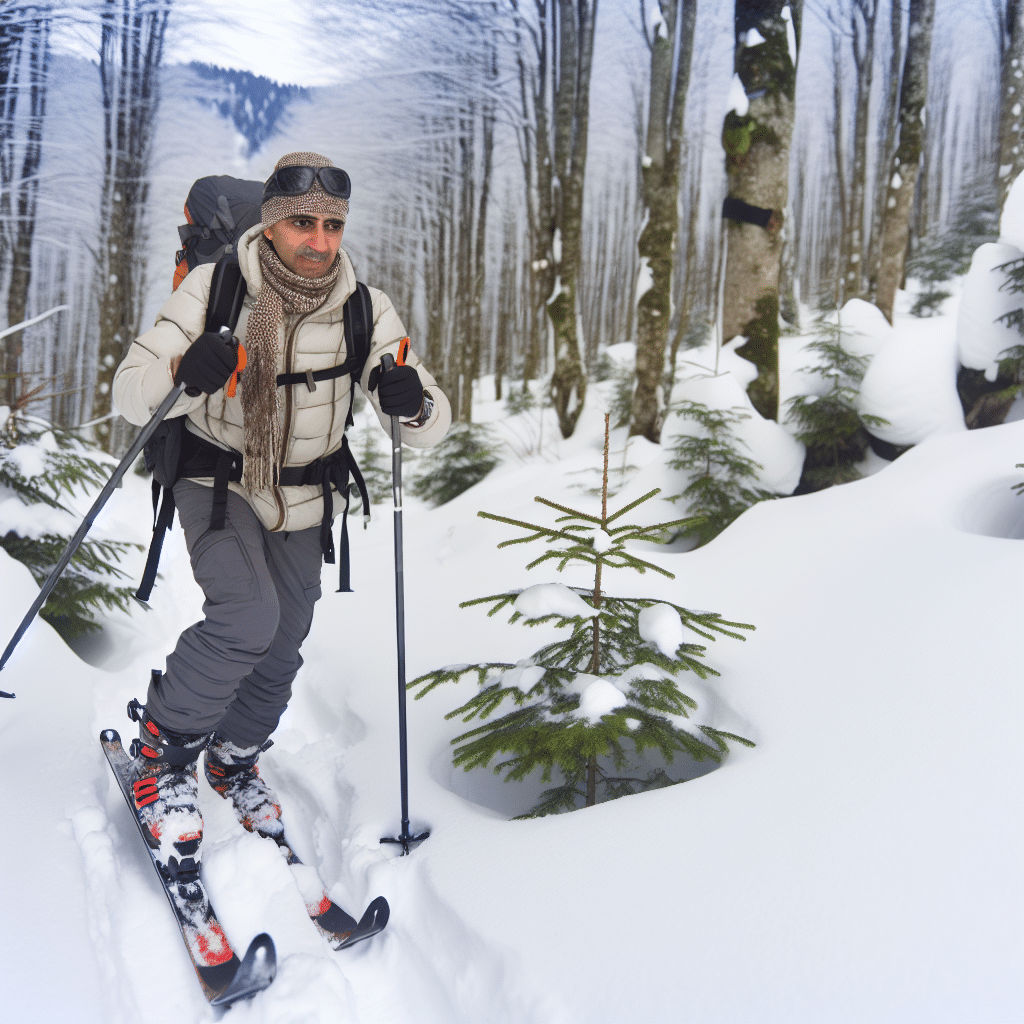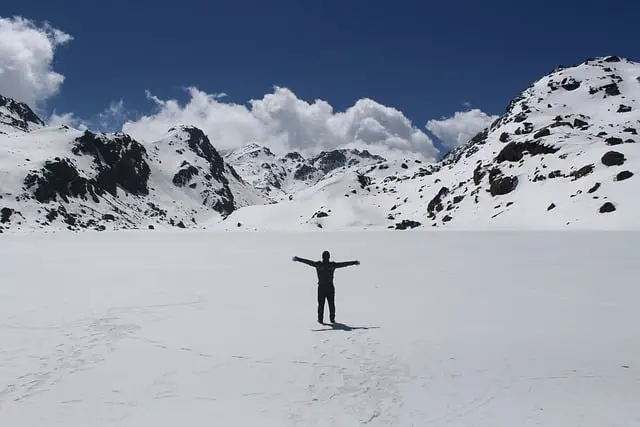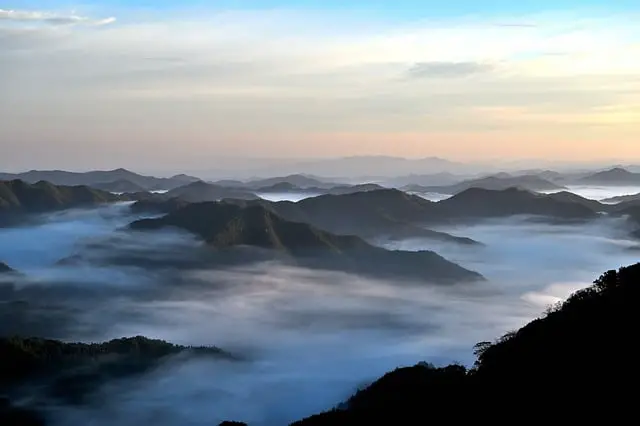When winter blankets the mountains and forests in a pristine layer of snow, a new world of adventure opens up. For those who crave the thrill of adventure combined with the serenity of untouched landscapes, trekking skis offer a unique and exhilarating way to explore. But what exactly are trekking skis, and how can they enhance your winter experiences? This comprehensive guide delves into the world of trekking skis, covering everything from their design to essential tips for beginners and seasoned adventurers alike.
What Are Trekking Skis?
Trekking skis, also known as backcountry or cross-country skis, are specially designed for traversing snowy terrains away from groomed trails. Unlike alpine skiing, which is primarily focused on descending slopes with the aid of ski lifts, trekking skiing emphasizes both uphill and downhill movement, allowing for complete immersion in remote, snow-covered environments.
Design and Features
One of the key aspects that differentiate trekking skis from other types of skis is their design. They are typically lighter and narrower than alpine skis but wider than traditional cross-country skis. This hybrid design makes them versatile enough to handle a variety of terrains, from deep powder to icy trails.
Most trekking skis come equipped with metal edges to provide better grip and control on uneven surfaces. Additionally, they feature bindings that allow the heel to lift off the ski while moving uphill (free-heel bindings) but lock down for better control during descents. Many models also incorporate integrated skins or skin attachments to provide extra traction on steep climbs.
Why Choose Trekking Skis?
Unmatched Versatility
One of the primary reasons adventurers choose trekking skis is their versatility. Whether you’re navigating through dense forests, open meadows, or rugged mountain terrain, these skis are designed to handle it all. Their adaptability makes them suitable for a variety of winter activities, including snow camping, winter hiking, and even multi-day expeditions.
A Closer Connection to Nature
Trekking skiing offers a more intimate experience with the natural world. Unlike crowded ski resorts, the backcountry provides solitude and an opportunity to connect deeply with nature. The quietness of the snow-covered landscape, the beauty of untouched trails, and the sense of accomplishment after navigating challenging terrain are just a few of the rewards.
Essential Gear for Trekking Skiing
The Right Skis
Choosing the right trekking skis is crucial. While there are many models on the market, it’s essential to select a pair that fits your skill level and the type of terrain you plan to explore. Beginners might benefit from wider skis that offer more stability, while experienced skiers may opt for narrower, lighter models for greater speed and agility.
Proper Footwear
Boots designed specifically for trekking skis are a must. These boots are typically stiffer than regular cross-country ski boots but more flexible than alpine boots. They provide the necessary support and flexibility for both uphill and downhill movement.
Safety Equipment
Safety should always be a priority when venturing into the backcountry. Essential safety gear includes an avalanche beacon, shovel, and probe. Additionally, carrying a map, compass, and GPS device can help you navigate through unfamiliar terrain. Always inform someone of your planned route and expected return time before heading out.
Tips for Beginners
Start Small
If you’re new to trekking skis, start with shorter, less challenging routes. Becoming accustomed to the unique motion and balance required can take some time. Practicing on easier terrain will help build confidence and improve your skills gradually.
Take a Lesson
Many outdoor recreation centers and ski resorts offer lessons in trekking skiing. A professional instructor can provide valuable tips on technique, safety, and equipment, making your initial experiences more enjoyable and less daunting.
Pace Yourself
Trekking skiing can be physically demanding, especially for beginners. Pace yourself and take breaks as needed. Staying hydrated and maintaining your energy levels with high-calorie snacks will help you stay strong throughout your journey.
Advanced Techniques and Tips
Mastering the Kick and Glide
For more efficient movement on flat or gently rolling terrain, mastering the kick and glide technique is essential. This involves pushing off with one ski (the kick) while gliding forward on the other. It’s a rhythm that, once perfected, can make traversing long distances much easier.
Conquering Steep Climbs
When faced with steep inclines, using the “herringbone” technique can be very effective. This involves angling your skis outward in a V-shape and stepping forward in small, controlled movements. Additionally, using climbing skins can provide extra grip and traction.
Handling Descents
Descending on trekking skis requires a mix of techniques from both cross-country and alpine skiing. Practicing controlled turns and learning how to manage speed on different types of snow will make downhill sections more manageable and enjoyable.
Conclusion
Trekking skis offer an incredible gateway to experiencing winter wilderness in all its splendor. From their versatile design to the profound connection they provide with nature, these skis are an adventurer’s best friend for exploring snowy landscapes. Whether you’re a novice looking to try something new or a seasoned skier seeking fresh challenges, trekking skis can elevate your winter adventures to new heights. So gear up, stay safe, and set out on your next snowy trek with confidence and excitement!




